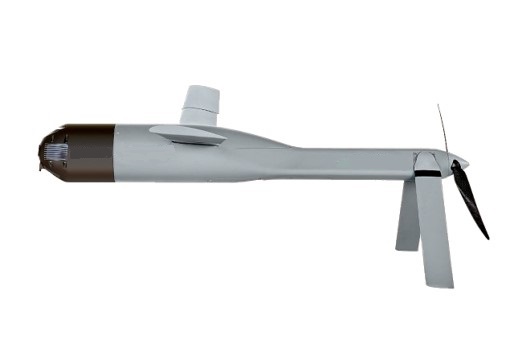The Air Force awarded a $50 million contract for small drones to Anduril Industries last month, a move that could help transform MQ-9 Reapers into drone-launching motherships.
The Air Force Life Cycle Management Center contract is for Anduril’s ALTIUS 600, a small drone that has been involved in Air Force Special Operations Command’s Adaptive Airborne Enterprise, or A2E, effort. The concept features AFSOC using long-range drones, such as the MQ-9, to launch small unmanned aerial systems as a strategy to cover more of the battlespace than ever before. Former AFSOC Commander Lt. Gen. Tony D. Bauernfeind last year called A2E his “number-one acquisition priority” to bolster the joint force kill web, according to an Air Force statement.
As the Pentagon prepares for a potential conflict with China, AFSOC has been developing the A2E concept to prepare its fleet of MQ-9s to transition from its traditional strike and intelligence, surveillance, and reconnaissance missions to become mobile control centers for a network of small drones which can form an “expansive sensing grid” to find targets or create communications pathways for special operators deep in the battlespace.

The ALTIUS 600 could be one of several platforms procured to operate from MQ-9s or other large platforms.
“AFSOC is exploring the use of various sUAS, including ALTIUS 600, to provide capabilities to support joint all-domain operations,” a command spokesperson told Air & Space Forces Magazine, who added that the contract is connected to a Sept. 5 commercial solutions opening for Small Unmanned Aerial System and Asymmetric Capabilities.
The contract provides for procurement and support of the ALTIUS-600 system and related Anduril variants as well as payloads, data links, launch tubes, training and technical support, “to support the government’s efforts to fully integrate the ALTIUS-600 onto various platforms, according to a Pentagon announcement.
The ALTIUS 600 is designed for an air-launched effects mission. The modular, open-architecture system is capable of carrying radars, cameras, infrared sensors, warheads, and other payloads, according to Anduril’s website. The ALTIUS 600 can be launched from multiple platforms such AC-130J Ghostrider and the UH-60 Black Hawk, according to the site.
The Air Force Research Laboratory demonstrated that the ALTIUS 600 could be successfully launched from the internal weapons bay of a Kratos XQ-58A Valkyrie during a 2021 demonstration at Yuma Proving Ground, AZ.
In late 2023, AFSOC and General Atomics held an A2E demonstration involving an MQ-9A launching an ALTIUS 600 from a launch pod, according to a General Atomics announcement. The event also featured a single crew using AFSOC’s Remotely Piloted Aircraft Control Suite to control three MQ-9s.
“These demonstrations were what we needed to really start to make A2E a reality,” AFSOC Col. Trey Olman said in General Atomics announcement at the time.
It’s unclear how many ALTIUS 600s the Air Force will buy under the contract, which initially allocates about $1.8 million in fiscal 2025 procurement funds for the award and states that work is expected to be completed by October 2028.


